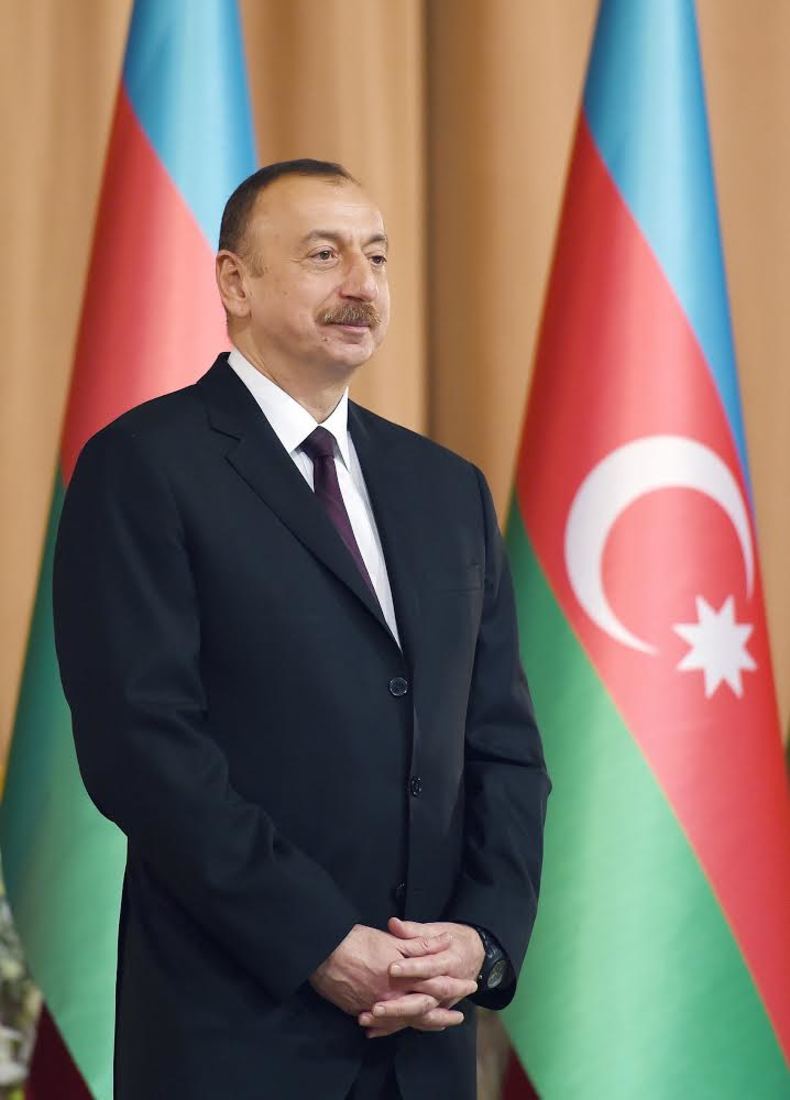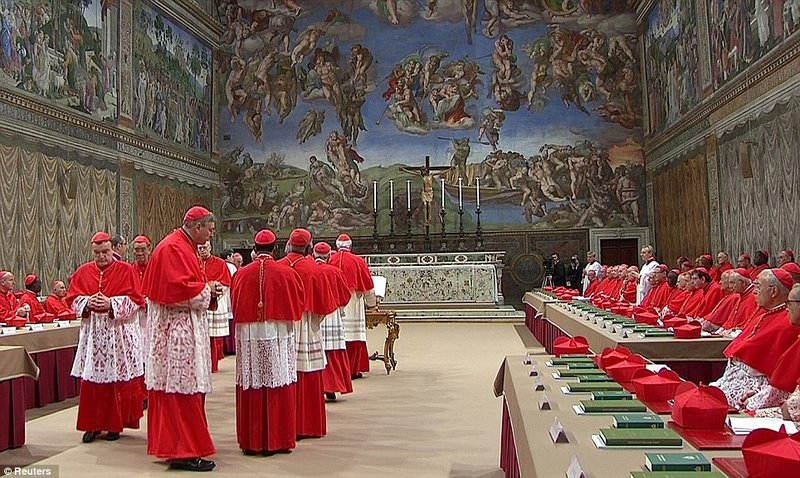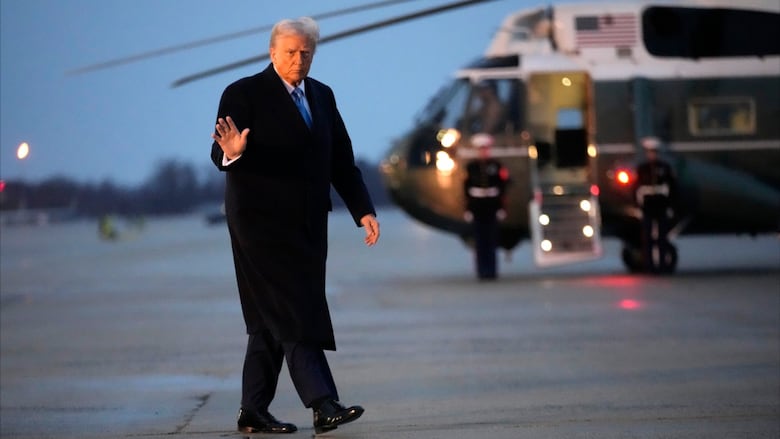Russia's Easter Truce Ends: Renewed Fighting In Ukraine

Table of Contents
Violation of the Easter Truce: A Breakdown of Reported Incidents
The promised cessation of hostilities during the Russia's Easter Truce proved to be short-lived and largely ineffective. Reports of intense fighting emerged from across multiple regions of Ukraine almost immediately following the declared end of the truce.
Eastern Ukraine: Intensified Conflict in the Donbas
The Donetsk and Luhansk regions, already the epicenter of intense fighting, witnessed a surge in violence following the end of the Russia's Easter Truce.
- Bakhmut: Heavy artillery shelling and missile strikes continued around the besieged city of Bakhmut, with reports of significant casualties on both sides. Ukrainian forces reported continued Russian attempts to encircle the city.
- Avdiivka: Fierce fighting also persisted near Avdiivka, with both sides engaging in close-quarters combat and artillery duels.
- Kreminna: Further north, fighting continued around Kreminna, with conflicting reports regarding territorial gains and losses.
These clashes involved a range of weaponry, including heavy artillery, tanks, and rocket systems, indicating a determined effort by both sides to maintain their offensive positions. News agencies such as Reuters, Associated Press, and BBC News reported these incidents, corroborating the intensity of the renewed fighting.
Southern Ukraine: Continued Tensions in Kherson and Zaporizhzhia
The southern regions of Ukraine, particularly Kherson and Zaporizhzhia, also saw a continuation of hostilities after the Russia's Easter Truce.
- Kherson Oblast: While the main city of Kherson is under Ukrainian control, sporadic shelling and skirmishes continue in the surrounding areas. Russian forces maintain a presence on the eastern bank of the Dnipro River.
- Zaporizhzhia Oblast: The frontline in Zaporizhzhia remained largely static, although there were reports of increased reconnaissance activity and shelling near key infrastructure.
- Civilian Impact: The ongoing fighting continues to displace civilians and severely impact essential services, highlighting the devastating humanitarian consequences of the conflict.
The lack of significant shifts in frontline positions suggests a period of consolidation and preparation for potential future offensives by both sides.
International Condemnation of the Renewed Violence
The international community swiftly condemned the renewed fighting following the failed Russia's Easter Truce.
- United Nations: The UN Secretary-General António Guterres expressed deep disappointment over the failure of the truce and called for an immediate cessation of hostilities.
- NATO: NATO Secretary-General Jens Stoltenberg reiterated the alliance's unwavering support for Ukraine and condemned Russia's aggression.
- EU: The European Union condemned the renewed violence and reaffirmed its commitment to providing further aid and assistance to Ukraine.
These statements underscore the widespread international concern over the ongoing conflict and the urgent need for a peaceful resolution. Renewed calls for increased sanctions against Russia and a return to meaningful peace negotiations are gaining momentum.
Analysis of Russia's Actions: Reasons Behind the Truce Failure
The failure of the Russia's Easter Truce raises questions about Russia's true intentions. Was the ceasefire a genuine attempt at peace, or a strategically calculated maneuver?
Strategic Military Objectives: A Calculated Pause?
Several factors suggest that the truce may have served Russian strategic objectives, rather than representing a sincere commitment to peace.
- Regrouping and Resupply: The temporary pause in fighting may have allowed Russian forces to regroup, resupply, and reinforce positions along the frontline.
- Assessment of Ukrainian Defenses: The truce may have provided an opportunity for Russia to assess the strength and vulnerabilities of Ukrainian defenses.
- Propaganda Victory: Even a short-lived ceasefire could have been presented as a gesture of goodwill by Russian propaganda, bolstering morale and improving its international image.
Propaganda and Information Warfare: Exploiting the Ceasefire
Russia leveraged the Russia's Easter Truce for propaganda purposes, attempting to portray itself as a peacemaker while simultaneously continuing military actions.
- State-controlled media: Russian media outlets presented the truce as a demonstration of Russia's commitment to peace, despite evidence to the contrary.
- Disinformation campaigns: Russia continued to spread disinformation and propaganda aiming to undermine Ukraine's international support and demoralize the Ukrainian population.
The impact of this propaganda on public opinion remains complex and requires further analysis, but it certainly contributed to the overall narrative surrounding the failed truce.
The Implications for Future Negotiations and the War's Trajectory
The failure of the Russia's Easter Truce has significantly diminished the prospects for immediate peace negotiations and casts a long shadow over the future trajectory of the war.
Impact on Peace Talks: A Bleak Outlook
The broken truce significantly undermines the already fragile trust between Russia and Ukraine, making future peace talks even more challenging.
- Increased mistrust: The lack of commitment to the ceasefire further eroded the already low level of trust between the warring parties.
- Hardened positions: Both sides have hardened their positions, making compromises and concessions significantly more difficult to achieve.
- Reduced international mediation: The failed truce may discourage international mediators from engaging in further peace efforts.
The immediate prospects for meaningful negotiations appear bleak, as both sides remain deeply entrenched in their positions.
Prognosis for the Conflict: Escalation or Stalemate?
The future course of the war remains uncertain, with several possible scenarios:
- Escalation of fighting: The failure of the Russia's Easter Truce may lead to an intensification of the conflict, with both sides committing greater resources and escalating their military actions.
- Prolonged stalemate: Alternatively, the conflict could enter a prolonged stalemate, with neither side achieving significant gains.
- External intervention: The possibility of increased external intervention or further military aid to Ukraine remains a significant factor influencing the war's trajectory.
The outcome hinges on numerous factors, including the commitment of both sides, the extent of international support for Ukraine, and the potential for diplomatic breakthroughs.
Conclusion
The failure of Russia's Easter truce underscores the grim reality of the ongoing conflict in Ukraine. Renewed fighting demonstrates the fragility of any peace efforts and the deep divisions between the warring parties. The violation of this temporary ceasefire, analyzed through the lens of military actions, propaganda, and international reactions, paints a bleak picture for immediate peace prospects. Further monitoring of the situation and analysis of the evolving conflict is crucial to understand the long-term implications of the Russia's Easter Truce failure and its impact on the future trajectory of the war. Stay informed about the developments related to Russia's Easter Truce and the Ukraine conflict by following credible news sources.

Featured Posts
-
 How Is A New Pope Chosen A Comprehensive Guide To Papal Conclaves
Apr 22, 2025
How Is A New Pope Chosen A Comprehensive Guide To Papal Conclaves
Apr 22, 2025 -
 The Importance Of Middle Management Bridging The Gap Between Leadership And Employees
Apr 22, 2025
The Importance Of Middle Management Bridging The Gap Between Leadership And Employees
Apr 22, 2025 -
 Robotic Limitations In Nike Sneaker Manufacturing Challenges And Opportunities
Apr 22, 2025
Robotic Limitations In Nike Sneaker Manufacturing Challenges And Opportunities
Apr 22, 2025 -
 Chainalysis Acquires Alterya Blockchain Meets Ai
Apr 22, 2025
Chainalysis Acquires Alterya Blockchain Meets Ai
Apr 22, 2025 -
 Trumps Trade War A Threat To Us Financial Leadership
Apr 22, 2025
Trumps Trade War A Threat To Us Financial Leadership
Apr 22, 2025
